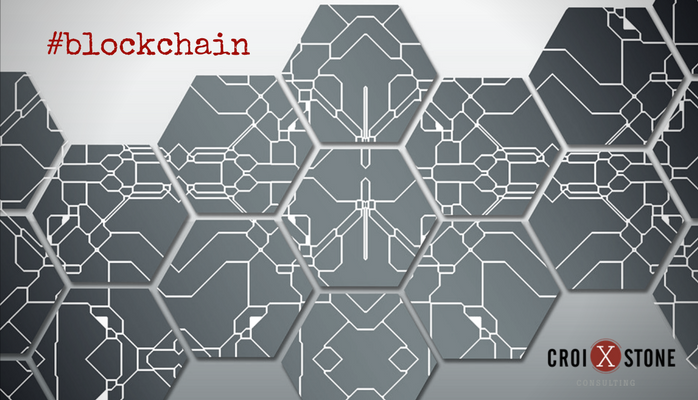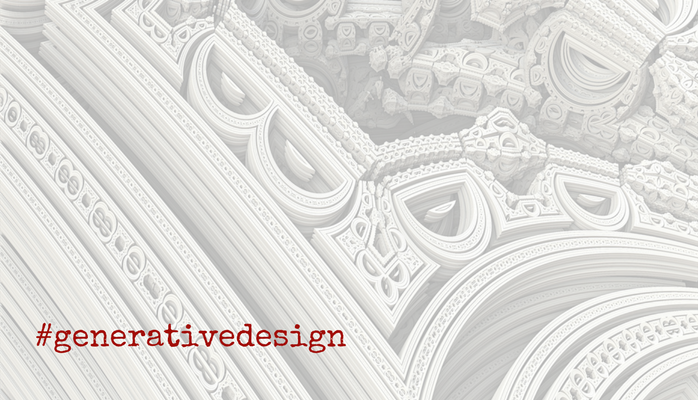Blockchain Simplified
Croixstone‘s CXO Patti Weber recently participated in Skookum‘s largest Tech Talks to date. Josh Miller, Senior Software Engineer at Skookum, provided insight into blockchain technology and the uses beyond Bitcoin and cryptocurrency. The original blockchain was described in a 2008 bitcoin paper by Satashi Nakamoto, just 2 months after the collapse of Lehman Brothers in 2008. What makes blockchain so attractive is that it provides a level of trust that is interwoven in business transactions. People can now make transactions without middlemen which translates to greater control of funds and lower fees.
- Entertainment
- Supply Chain
- Traditional Banking
- Real Estate
- Healthcare
- Public Records
- Cybersecurity
- Food System
- Automotive
- Energy



